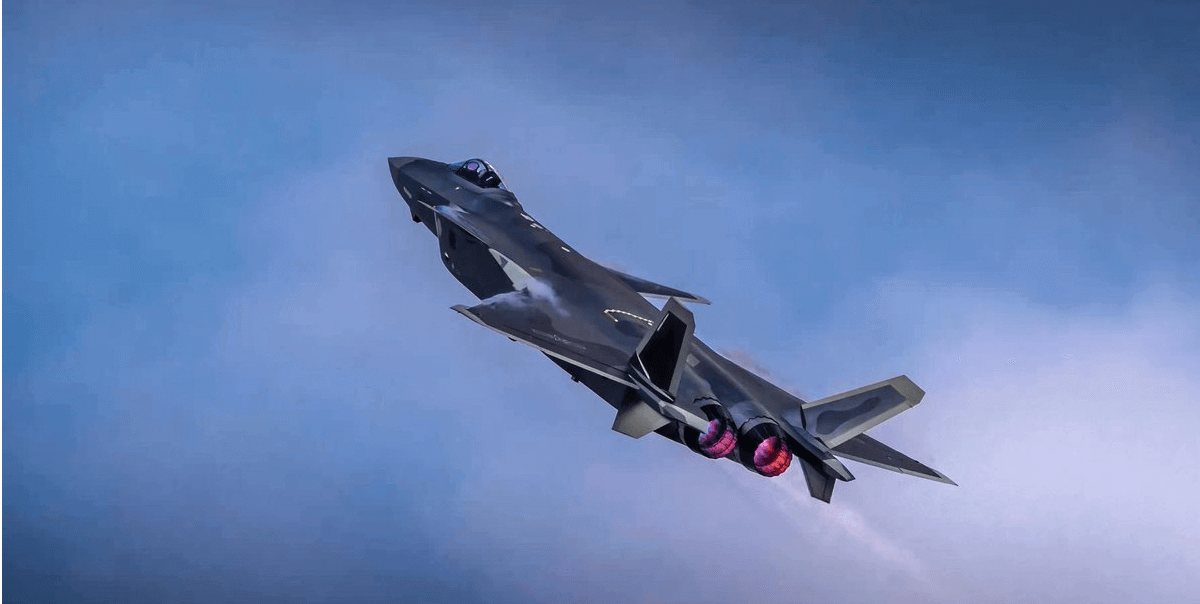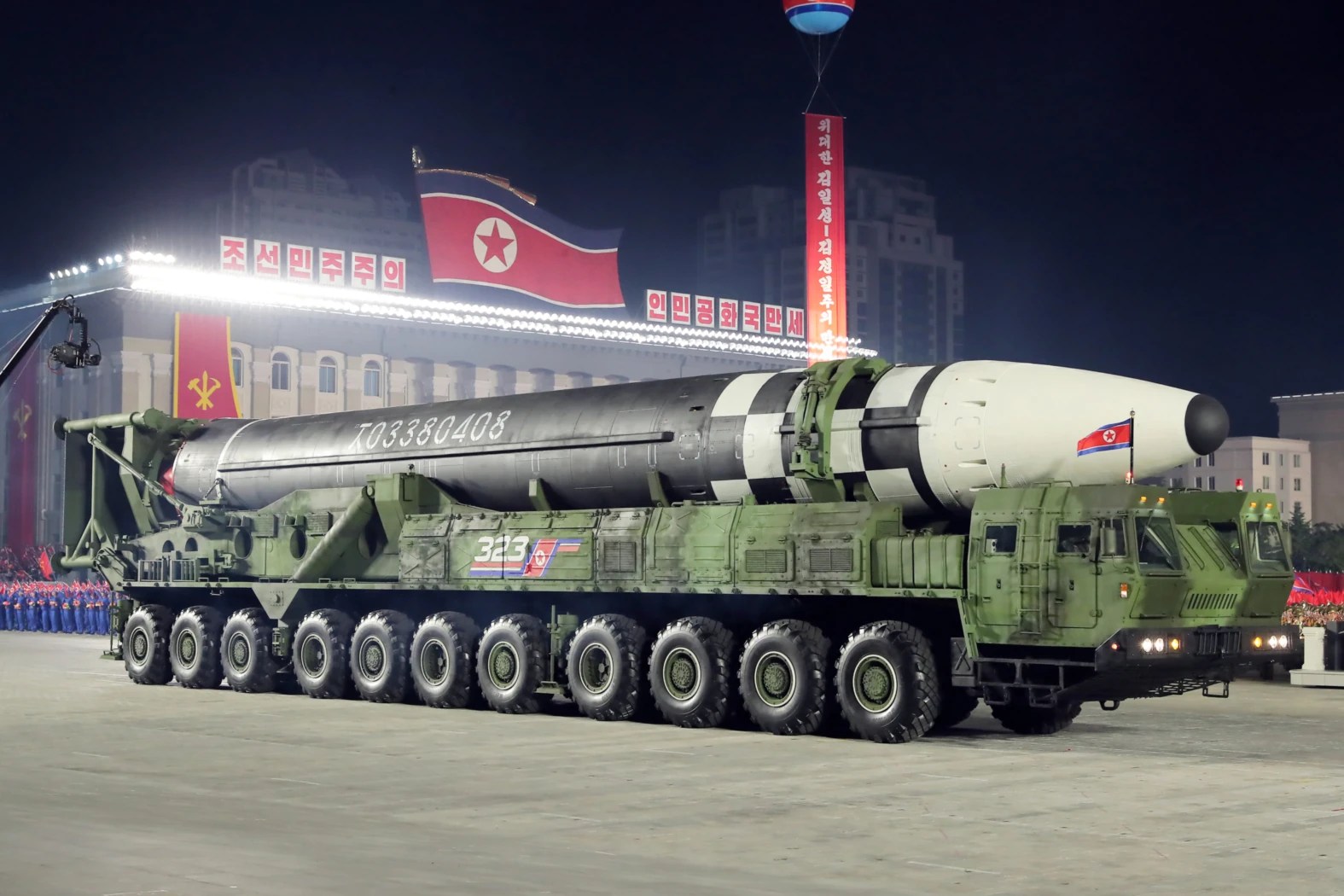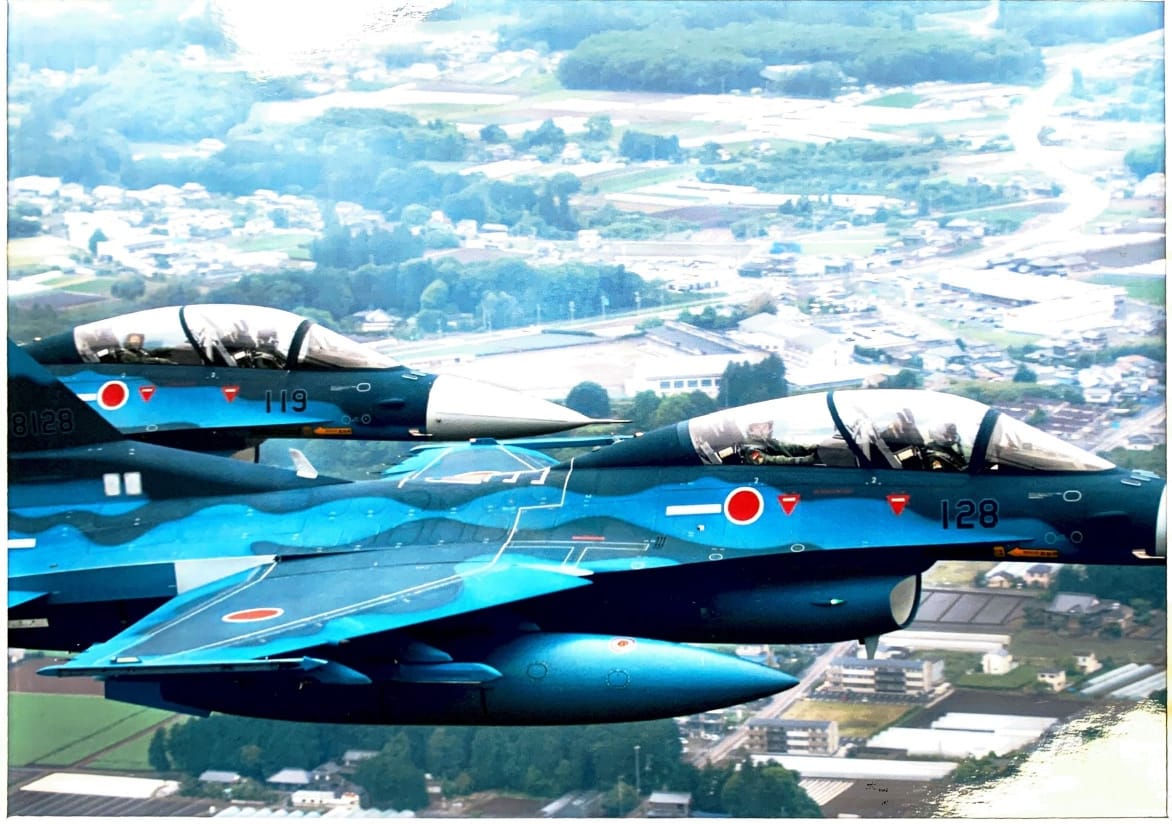American F-35 stealth fighters arrived in South Korea on their first official visit since 2017 amid high octane tensions with North Korea. The six F-35As will be in the country for 10 days, South Korea’s Ministry of Defence said in a statement.
“The purpose of this deployment is to demonstrate the strong deterrent and joint defense posture of the US-ROK alliance while at the same time improving the interoperability between the ROK and U.S. Air Force,” the ministry said.
Escalating Tensions In The Region
US and Japan are pursuing talks to respond to a North Korean tactical nuclear missile strike on South Korea, while Seoul looks further to empower its Defense Acquisition Program Administration (DAPA).
It follows North Korean leader Kim Jong Un’s meeting of the Eight Central Military Commission, which conducted a “deep study and discussion concerning the military measures for additionally confirming the operational tasks of the frontline units of the KPA and enhancing their operational execution ability.”
Experts widely believe this to be the stepping stone towards arming its frontline artillery units with tactical nuclear weapons, following a slew of short-range nuclear-capable missiles designed to attack strategic facilities in South Korea and US military bases.
Tactical nuclear missiles are armed nuclear warheads with a lower yield to destroy large military formations and achieve rapid military victories.
But they risk a nuclear exchange since countries, especially the US, might retaliate with even larger nuclear warheads. This is not to mention the permanent threat of nuclear radiation in the region, even if the nuclear exchange is contained.
The weapons likely to be deployed at the border include some more mobile solid-fueled, short-range ballistic missiles – roughly in the Russian Iskander and India’s Prithvi class.
The former has been extensively used in Ukraine with conventional warheads to target large Ukrainian Armed Forces (UAF) encampments, bases, and military-industrial facilities.
This comes amidst growing tensions between China and the US, Russia and Japan, China and Japan, and North Korea and South Korea itself, following the election of President Yun Suk Yeol’s regime and Russia’s military intervention in Ukraine.
Tensions between China and Taiwan have also been at an all-time high following President Joe Biden’s comments that they would defend the island – later walked back by the administration, which upheld its One China Policy and did not support Taiwan’s independence.
The People’s Liberation Army Air Force (PLAAF) has been increasing its flights into Taipei’s Air Defense Identification Zone (ADIZ).

North Korean Missiles
North Korea, in October 2020, unveiled the Hwasong-17, anointed as the world’s largest Intercontinental Ballistic Missile (ICBM), which it later test-fired in May this year.
Earlier this month, on June 4, it test-fired a barrage of eight short-range ballistic missiles in 35 minutes, from at least four locations, including its western and eastern coastal areas and two inland areas north of and near the capital.
South Korea’s Joint Chief of Defense Staff said the missiles flew 110 to 670 kilometers at maximum altitudes of 25 to 80 kilometers.
These launches were in response to the US aircraft carrier USS Ronald Reagan concluding a three-day naval drill with South Korea in the Philippine Sea – an act Pyongyang views as invasion rehearsals aimed at bringing about regime change and installing a pliant government.
Following the North Korean tests, US Special Envoy for North Korea Sung Kim said Washington was “preparing for all contingencies in close coordination with Asian allies,” as he participated in a trilateral meeting in Seoul with his South Korea and Japanese counterparts.
The country has not made any bones about its plans to use nuclear missiles against what it perceives as existential security threats from the United States and a surefire deterrence to prevent US military attacks.
They also aim to pressure the United States into accepting essential North Korean economic and security guarantees from a position of strength, for which nuclear weapons and their first use serve as their only leverage.

The American Terminal High Altitude Air Defense (THAAD) battery in South Korea serves the purpose of detecting and intercepting North Korean missiles launched at the US homeland.
However, it raises China’s hackles as Beijing believes its powerful radar can be repurposed to be used against its aerospace forces, besides being an Anti-Ballistic Missile (ABM), which might spur the development of even more capable delivery systems threatening an arms race.
Japan Wants to Hike Defense Spending
Japan has been aspiring to shed its pacifist Constitution and increase defense spending to 2% of its Gross Domestic Product (GDP) by pushing amendments in the Diet (Parliament).
Earlier this year in January, Japanese Defense Minister Nobuo Kishi said he would not consider sending fighter jets to pre-emptively strike another state’s military facilities.

Aimed at North Korea, it was believed to be in response to Pyongyang’s seven missile tests in January alone, which included two Maneuverable Re-Entry Vehicles (MaRV), three tests of the KN-23 and KN-24 Short Range Ballistic Missile (SRBM), a Land Attack Cruise Missile (LACM) and a Hwasong-12 Intermediate Range Ballistic Missile (IRBM).
Extended Deterrence
The Extended Deterrence Dialogue (EDD) between the US and Japan at the King’s Naval Base in Georgia between June 21 and 22 secondarily addressed nuclear issues in the Korean Peninsula.
While official statements did not mention either North Korea or China, Pyongyang elements weigh heavily on both Tokyo and Washington since there has been little or no nuclear brinkmanship with China, except for the occasional satellite photographs of China’s underground missile silos.
Experts have pointed to the silos as ‘shells,’ aimed at confusing enemy surveillance with “too many” targets.
Sharing “assessments” of the regional security environment, the US side provided a briefing on the current state of US nuclear capabilities, including the posture and modernization program of its nuclear triad, as well as its declaratory policy, based on the recently completed Nuclear Posture Review.”
“The two sides held in-depth discussions on extended deterrence and how arms control, nonproliferation, conventional forces, and missile defense contribute to integrated deterrence as well as to credible and resilient extended deterrence,” read a statement from the US State Department. The delegations also visited Maryland’s nuclear-capable ballistic missile submarine (SSBN), USS Ohio.
- The author can be reached at satamp@gmail.com
- Follow EurAsian Times on Google News




